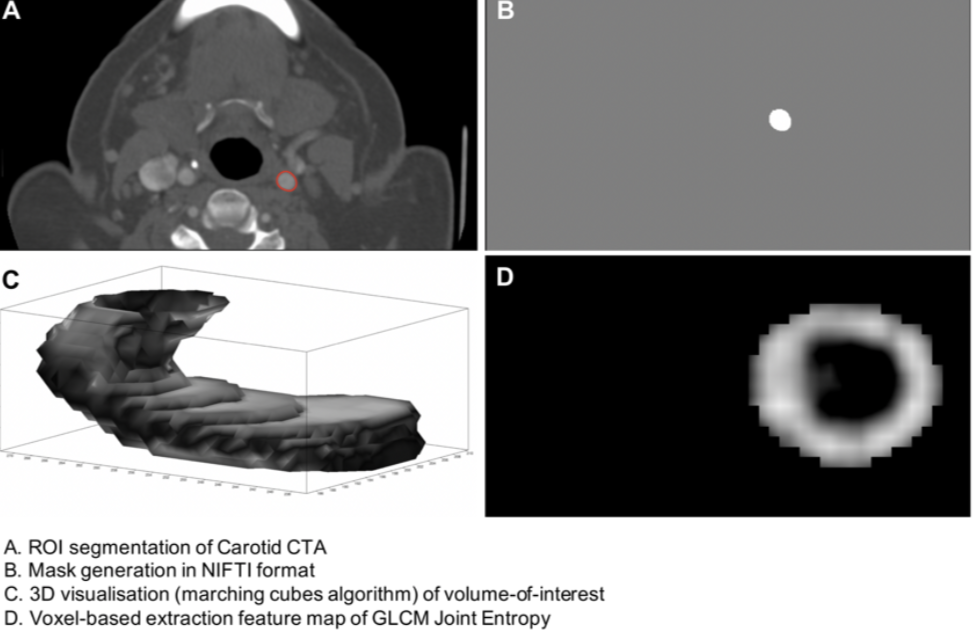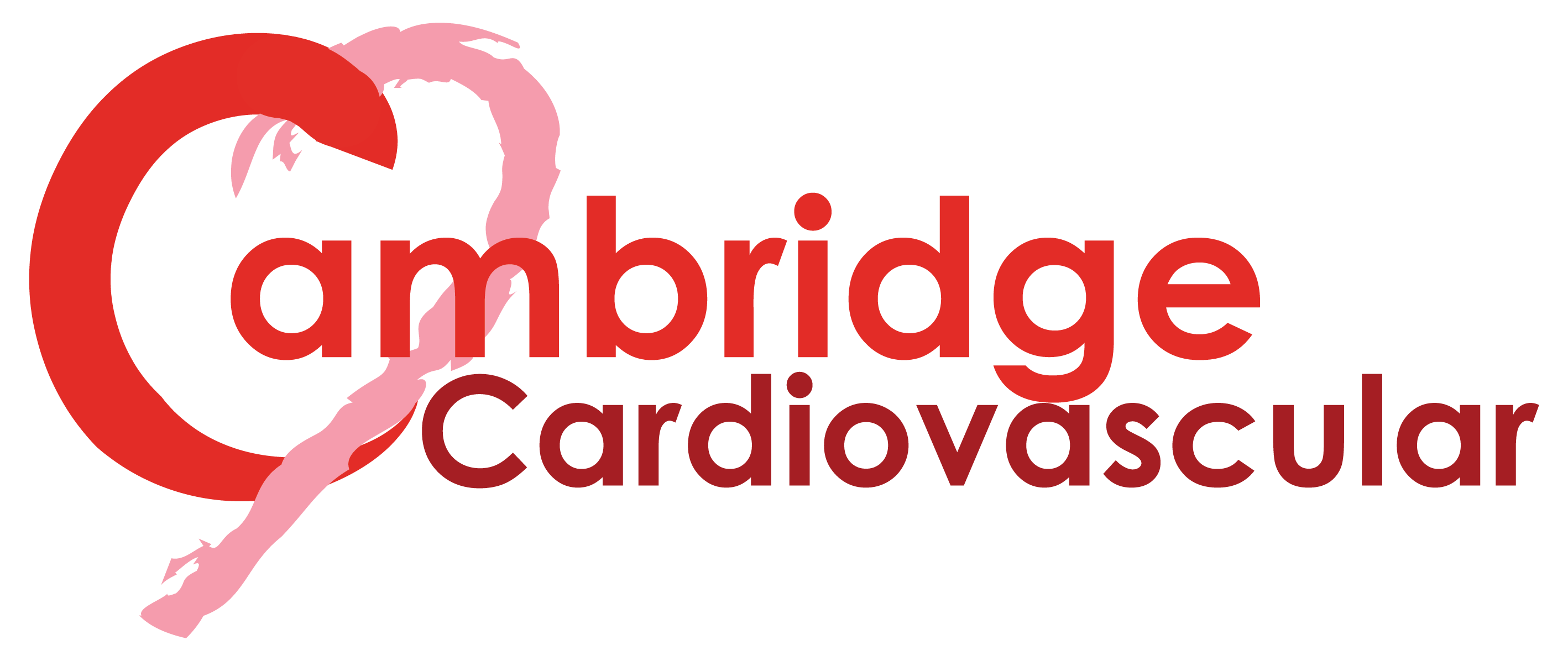Submitted by Dr T. Dougan on Thu, 11/02/2021 - 20:07
A cross-discipline group of researchers, led by MB PhD student Elizabeth Le and PI James Rudd, have published in Nature Scientific Reports the first attempt to determine whether radiomics might be useful for predicting stroke in patients with carotid artery disease. Radiomics refers to the harnessing of information 'hidden' within medical images for diagnostic and prognostic purposes, and is being increasingly used in oncology.
Stroke is a leading cause of morbidity and mortality worldwide and 1 in 4 patients who experience a stroke will have another within 5 years. To reduce the risk of recurrence, we rely on the degree of carotid artery narrowing to determine optimal patient management – either using medical therapy alone or combining drugs with carotid surgery (if carotid narrowing is greater than or equal to 70% stenosis). However, patients with mild to moderate stenosis can still go on to have a stroke, highlighting the need for better risk stratification tools.
Here, the team showed that by using a novel radiomics approach, they were able to extract more information about high-risk arteries, robust to image shifts and noise, and which out-performed other risk prediction methods.
These results provide key information for introducing radiomics in carotid artery disease into clinical practice. If validated prospectively, these radiomic features could improve stroke prediction and target therapies to those at highest risk.
The research team comprised members from across the University, including Medicine, Surgery, Neurosciences, Radiology, Applied Mathematics and the Cambridge Mathematics of Information in Healthcare Hub. Funding was provided by the MRC, the EPSRC, the BHF, Wellcome Trust and the NIHR Cambridge Biomedical Research Centre.






